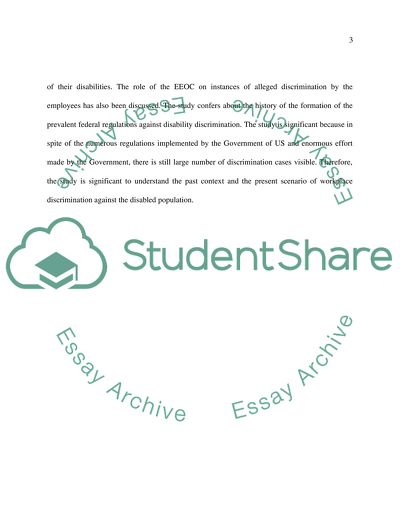Cite this document
(“Workers with disabilities Research Paper Example | Topics and Well Written Essays - 3250 words”, n.d.)
Retrieved de https://studentshare.org/human-resources/1391144-workers-with-disabilities
Retrieved de https://studentshare.org/human-resources/1391144-workers-with-disabilities
(Workers With Disabilities Research Paper Example | Topics and Well Written Essays - 3250 Words)
https://studentshare.org/human-resources/1391144-workers-with-disabilities.
https://studentshare.org/human-resources/1391144-workers-with-disabilities.
“Workers With Disabilities Research Paper Example | Topics and Well Written Essays - 3250 Words”, n.d. https://studentshare.org/human-resources/1391144-workers-with-disabilities.


